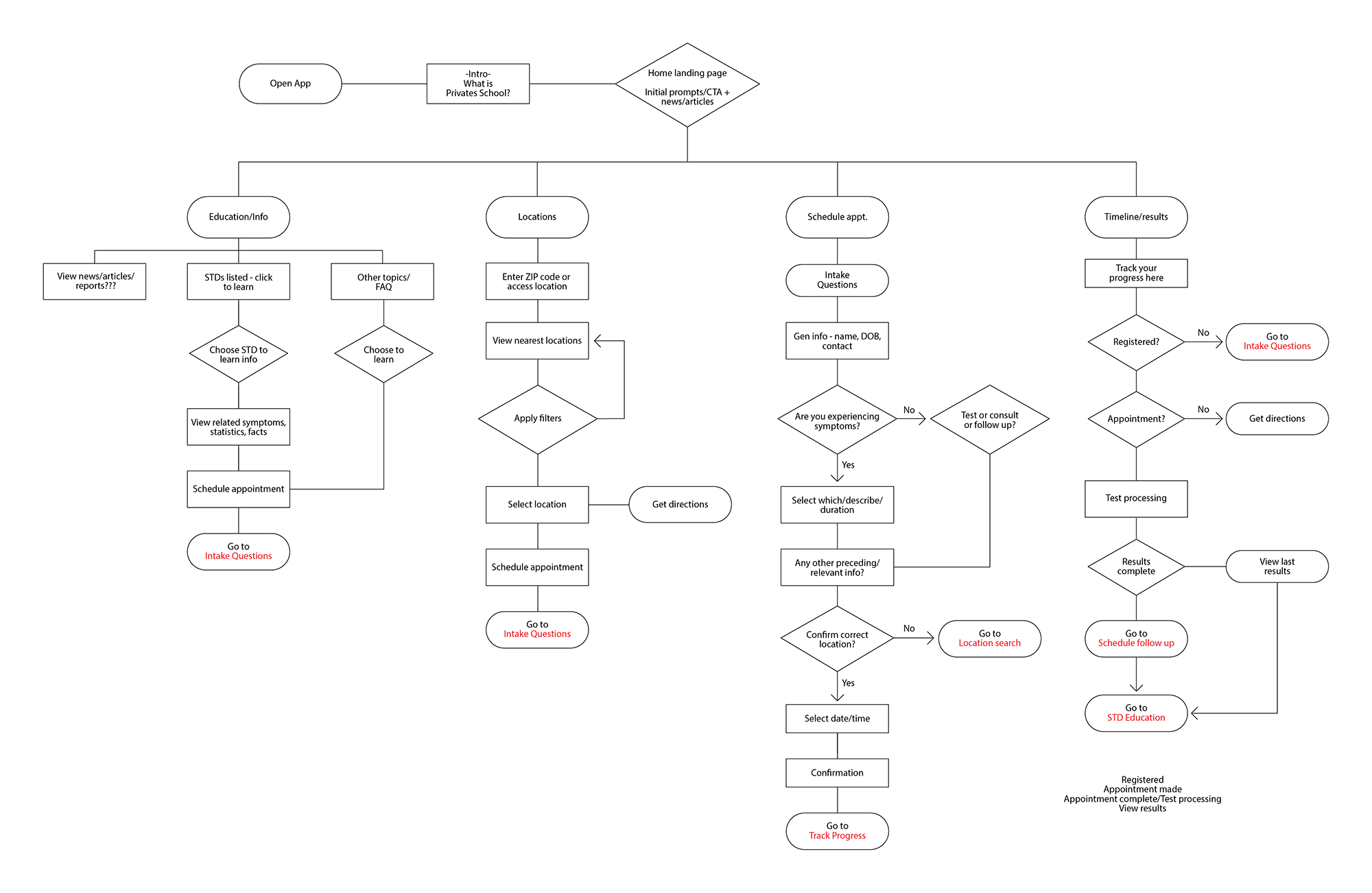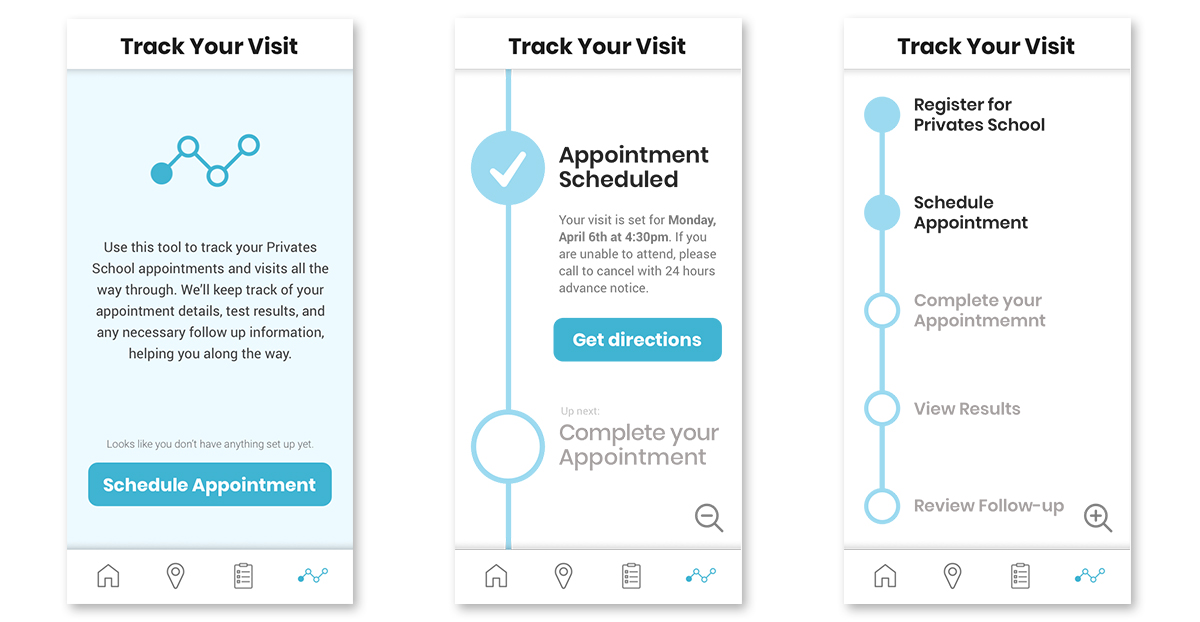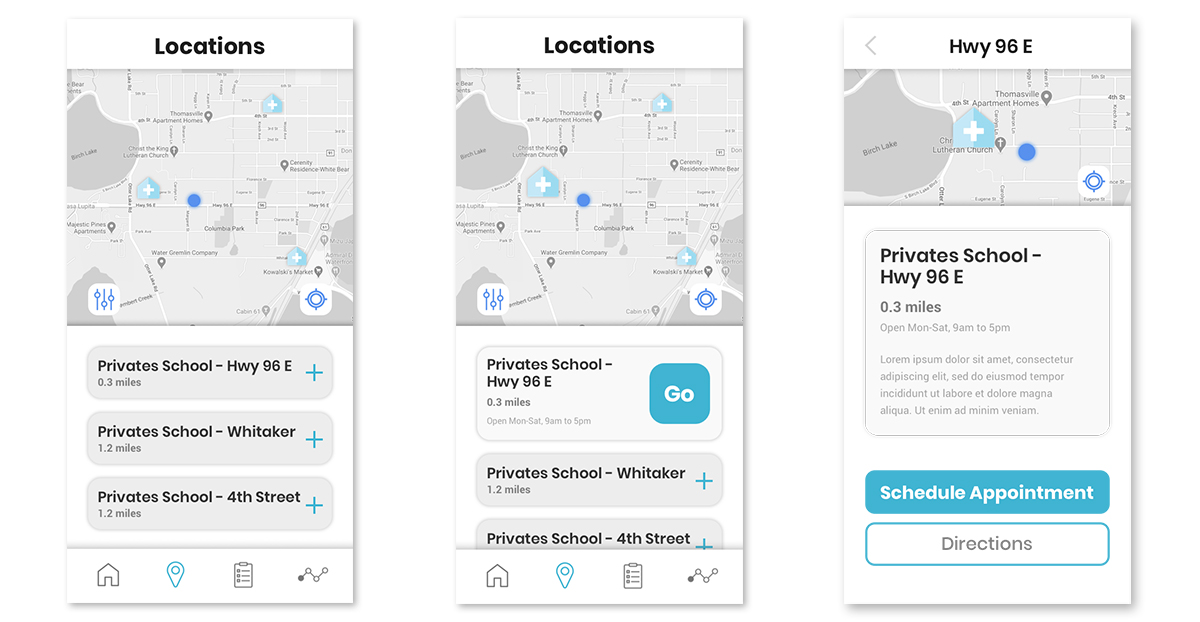Home Base: Designed to answer the question, "How can we get more young adults tested for STIs?"
Home Base:
Designed to answer the question, "How can we get more young adults tested for STIs?"
National STI/STD rates are at epidemic proportions, particularly among the 18-24 year old demographic. I wanted to learn more about the sexual health journey that many young people experience, and explore how the STI epidemic could be potentially be reduced or mitigated.

I began by conducting research on the 20-30 year old age group revolving around the topics of sexual health, healthcare, general practices, attitudes, etc. I gathered info via an online anonymous survey on social media, a refined survey with anonymous polling, 7 in-depth interviews, and numerous informal conversations.
The initial surveys garnered useful and tangible data. It quickly became apparent to me that the differences in STI testing numbers between males and females were indicative of something greater: men and women engage with healthcare systems in vastly different ways. Through my research and interviews, I learned that female identifying persons more regularly and proactively engage with the healthcare system to keep a close monitor on their reproductive health. Men, on the other hand, have no such systems or practices.
There are vast differences in the ways men and women engage with healthcare systems.
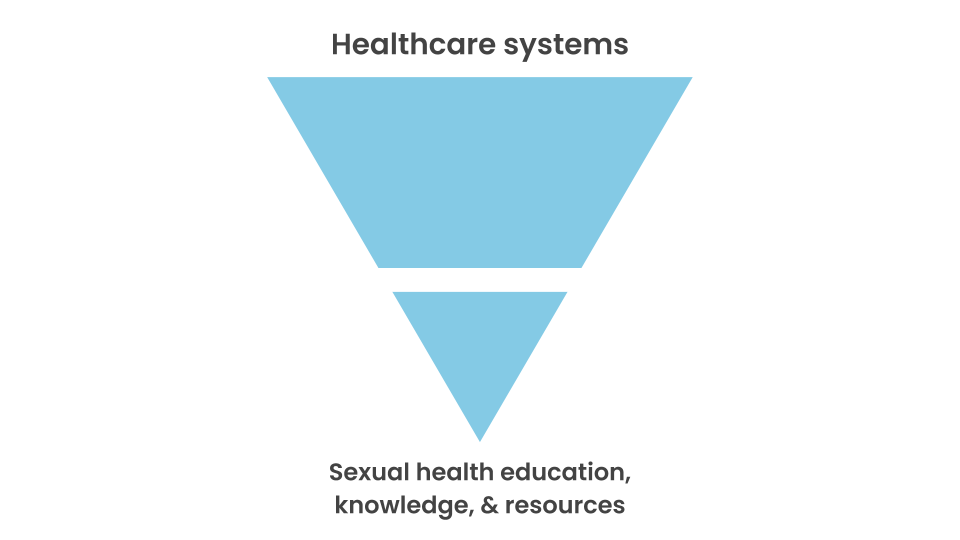
To tackle the shortcomings of sexual health as it relates to healthcare and education, I needed to take a wider look at the ways people navigate whole healthcare systems. This prompted me to expand the scope of my interviews and research that followed. I identified common pain points that young men experience:
1. They're sexually active, but haven't ever been tested for STIs and are unsure about the process
2. They don't regularly schedule healthcare appointments - it can be daunting to find compatible locations and providers
3. They haven't received sufficient or thorough sexual education in school
4. They find it difficult to discuss topics of sexual health.
These pain points helped me reframe my approach to the problem:
Refined Approach: Young adult men are not in tune with their sexual health. How might we help them better engage with healthcare systems that benefit their sexual health?
Solution: A platform that empowers young adults, especially men, to learn about and take responsibility of their sexual health.
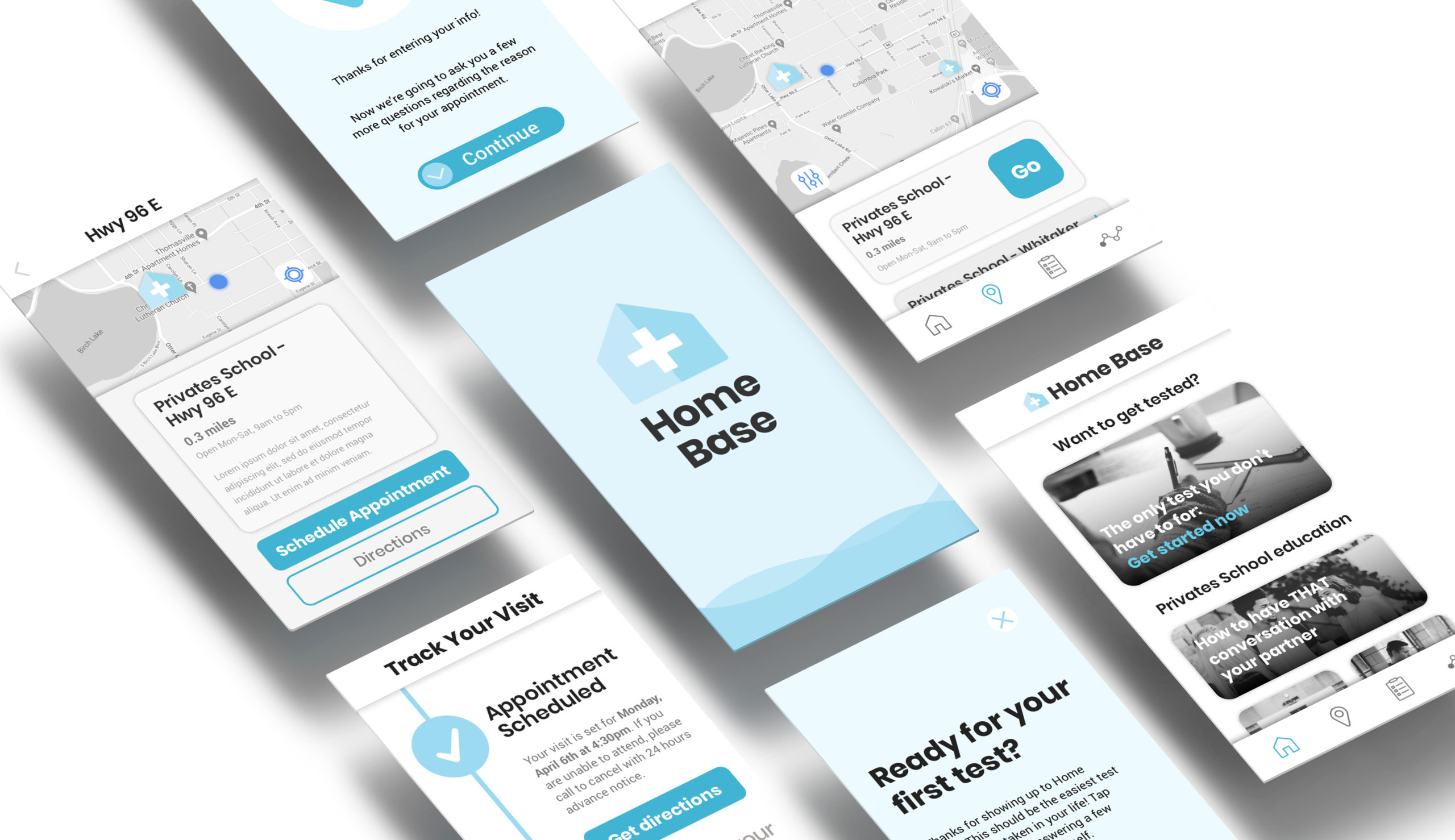
Enter Home Base: A platform designed to connect young adults to local STI testing facilities, accessible sexual health services, and other sexual health education resources.
Home Base is an extension of the Privates School brand in the form of a digital product experience. Privates School is a concept health service facility created to provide informative and brazen, yet lighthearted information and resources to college students about STDs and sexual health.
Home Base is designed to make it easy to proactively learn about common sexual health topics, find nearby Privates School facilities, schedule STI testing appointments, and track your STI testing appointment from start to finish in an easy-to-understand timeline.
I used my synthesized data to identify the 4 core features of Home Base: general sex education, finding testing facilities/offices, scheduling a medical appointment, and understanding the overall process. The biggest hurdle men faced was engaging with healthcare systems in the first place, so I prioritized the flows to always lead toward setting up an appointment (identified as 'Intake Questions' below), and subsequently helping them track their appointment status.
Core App Flows
User Intake Flow
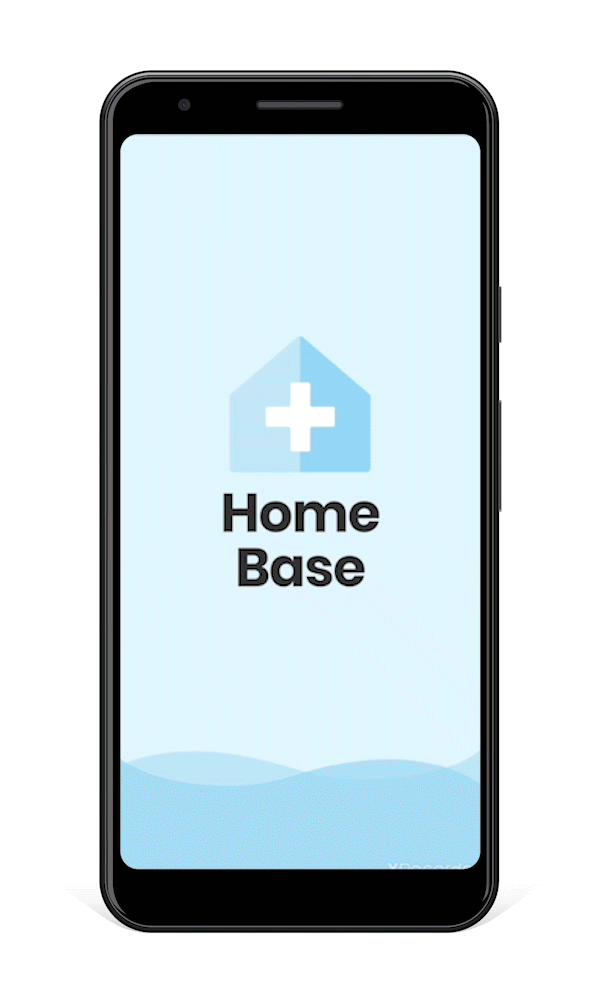
Example flow: Load app -> Find locations -> Set default location -> Schedule appointment -> Intake questions -> View journey tracking/timeline
The result is a digital product experience that addresses every main pain point identified through the data and qualitative analysis, making it easier for young adults (and young men) to engage with sexual healthcare systems in their area.
Download the full case study here.
Some stuff I've done:

PR MicrositesUI design
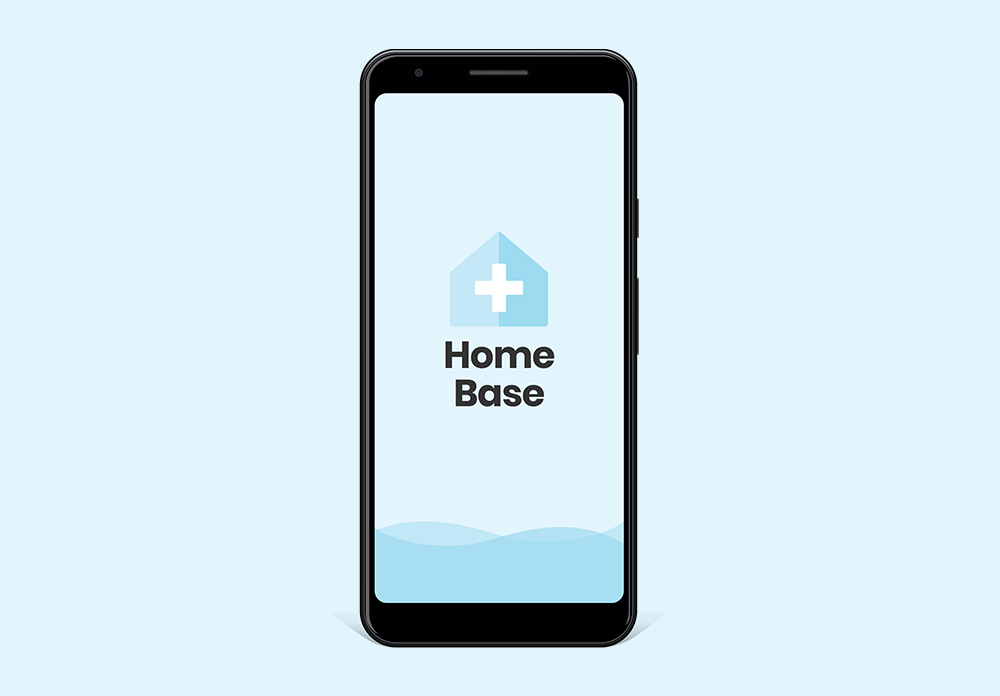
Home BaseUX research, case study

Smarter LightsUsability, case study

Privates SchoolBranding

Read This BookAnti-interactive, illustration

Duluth Community Garden ProgramBranding



